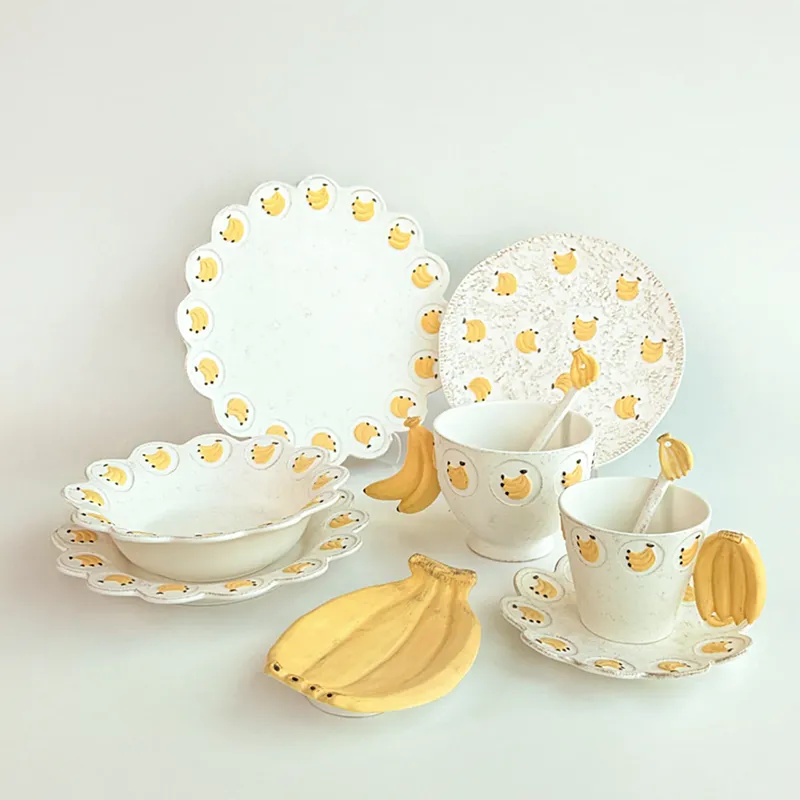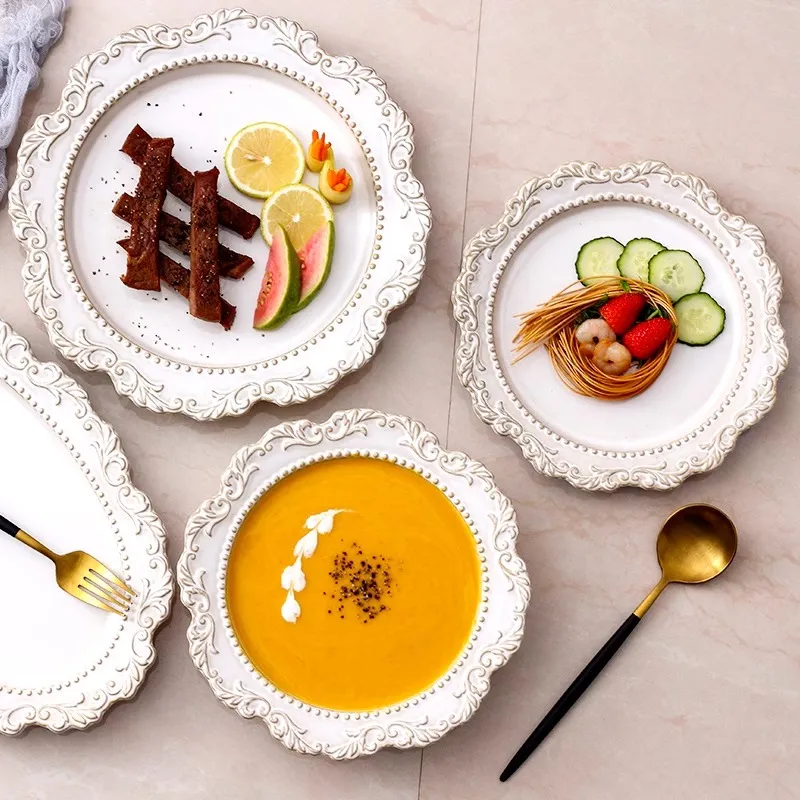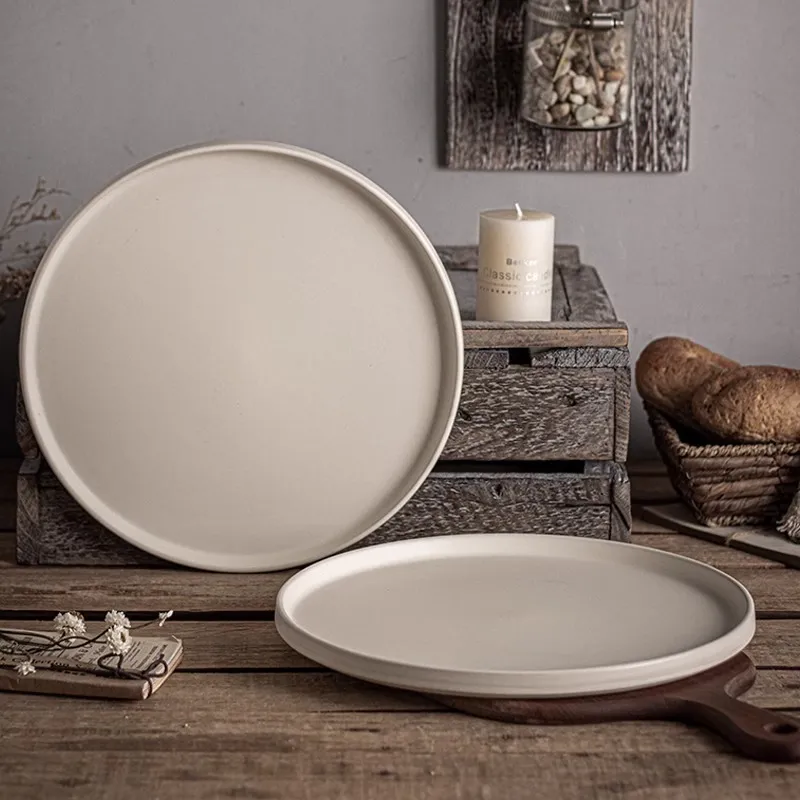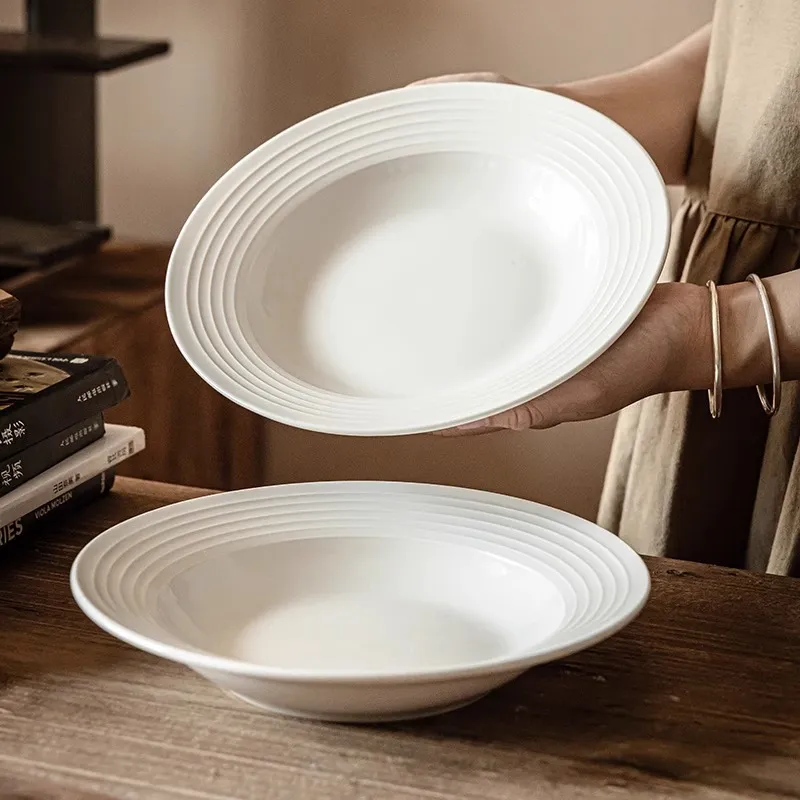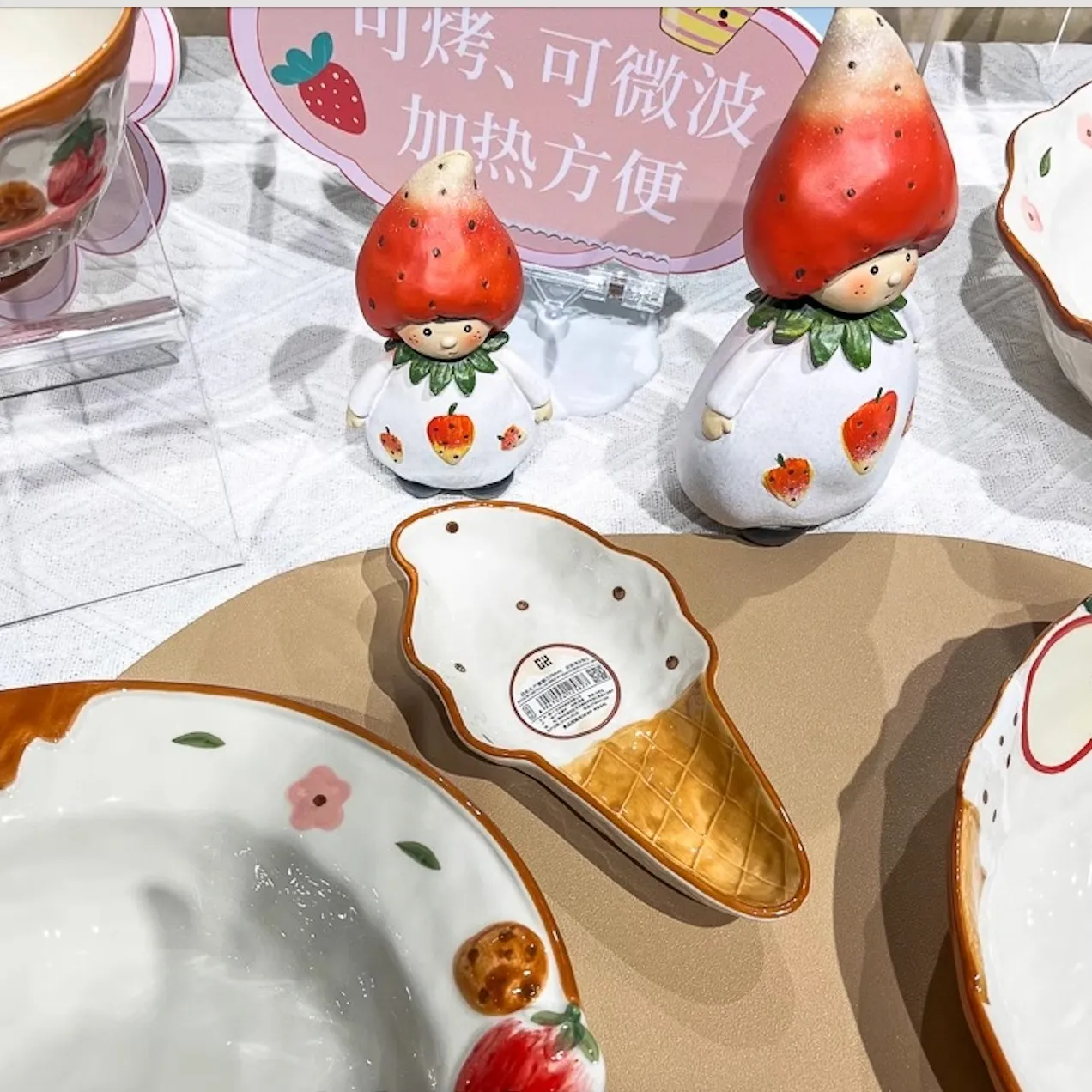When you’re browsing for ceramic products, you may hear the terms porcelain and ceramic being tossed around interchangeably. Although they are part of the same material family, there are some amazing differences between porcelain vs ceramic that may influence your buying decision. Knowing the differences comes in handy when choosing the right material to serve your purpose, be it for home decor, flooring, or cookware. In this blog, we’ll outline the key differences between ceramic and porcelain so that you make an informed choice.
What is Ceramic?
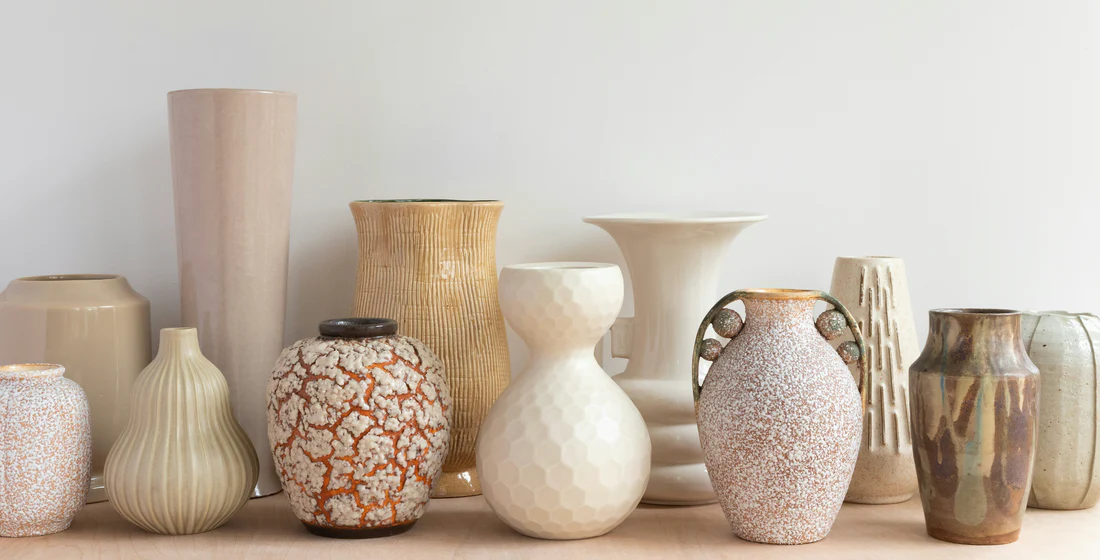
Ceramic is a broad term for a large group of materials made from clay formed and then heated at a lower temperature. Pottery, tiles, and dinnerware are some of the usual ceramic items. Ceramic products are unique in that they are extremely versatile and might be shaped in a variety of forms.
Texture, which varies from smooth to rough based on the production process, is one of the primary characteristics of ceramic. Though ceramic products are robust and hard, they are more porous than porcelain and therefore more prone to absorption of water as well as cracking under extreme conditions.
What is Porcelain?
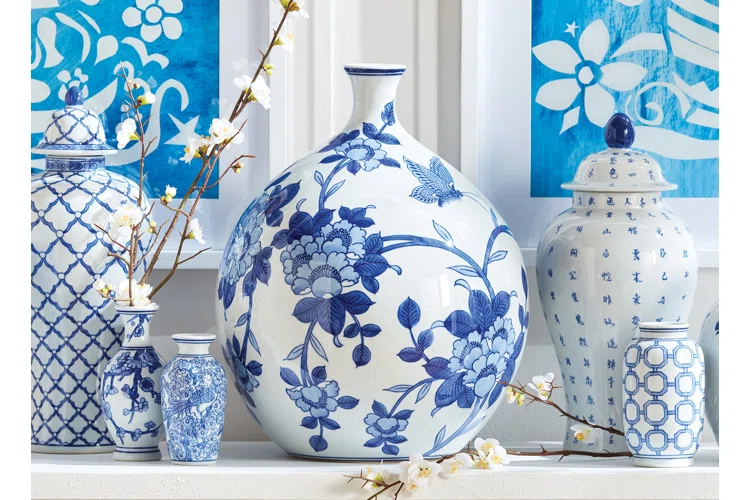
Porcelain, however, is a particular kind of ceramic. It’s created from a purified paste of clay and minerals that’s heated at a much higher temperature than normal ceramic. This creates a product that is denser, smoother, and more durable than normal ceramic products.
Porcelain’s high firing temperature also renders it resistant to moisture and creates a glass-like finish. Porcelain is used to make dainty dinner sets, luxurious floor tiles, and ornaments due to its dainty and elegant look.
Porcelain vs Ceramic: Major Differences Between Them
In the comparison of porcelain vs ceramic, the differences are more apparent in some significant areas:
Material Composition: The most significant distinction lies in the raw material and firing. Porcelain is made of purer clay and fired at considerably higher temperatures, making it a denser, smoother, and stronger product compared to ordinary ceramic.
Strength and Durability: Porcelain is significantly stronger and more resistant to water absorption, chips, and cracks. This is the perfect option for high-traffic zones such as kitchens and bathrooms. Ceramic products, although strong, tend to break or chip when subjected to stressful situations or impacts.
Finish and Aesthetics: Porcelain also tends to have a smoother, often glossy finish and is therefore better suited to high-end items such as fine china or high-gloss tiles. Ceramic items, by contrast, can have a less consistent finish, with rustic or textured appearances available. If you want the high-end look, porcelain is the way to go, but if variety on a limited budget is your preference, then ceramic might be more up your alley.
Price: Because of its more complicated production process and higher-quality materials, porcelain tends to be more costly than ceramic. When comparing porcelain vs ceramic, the added expense of porcelain is often justified by its superior strength and refined appearance, making it the ideal choice for items that require both durability and an elegant look. On the other hand, ceramic, as the more affordable option, is perfect for those who need stylish yet budget-friendly products.
Uses: Due to its strength and beauty, porcelain is usually applied in high-quality dinnerware, tiles, and bathroom fixtures. In contrast, ceramics is most commonly utilized for daily products such as mugs, plates, ornaments, and even certain kinds of flooring. When considering porcelain vs ceramic, it’s clear that porcelain is typically the go-to choice for more luxurious, durable applications, while ceramics is more suitable for daily use or more affordable projects.
Which Material Should You Use?
The choice between porcelain vs ceramic relies on what you require for your product:
If you want a product that is stronger, more water-resistant, and more visually intricate, porcelain is the way to go. Porcelain is ideal for products that will undergo a lot of wear and tear, such as bathroom tiles or high-end table settings.
If you want something more affordable with more design versatility, ceramic will probably be your best bet. Ceramic is ideal for common items such as cookware, ornaments, and daily tiles.
Why Choose Yicheng Ceramics?
At Yicheng Ceramics, we are experts in creating high-quality ceramic items, offering superior craftsmanship for any application type. While many people may confuse porcelain vs ceramic, it’s important to understand that we specialize in ceramic products. Whether you need bespoke dinnerware, ornamental ceramics, or durable ceramic tiles, we ensure exceptional quality with every item we craft.
As a leading ceramic brand, we focus on providing bespoke solutions to both individual and wholesale clients. Our products are designed to deliver the perfect balance of durability, functionality, and style, ensuring that each piece meets the highest standards. We also offer customized bulk order options to accommodate your specific needs.
From elegant ceramic dinnerware that enhances your dining experience to versatile ceramic tiles that bring charm and stability to your home, Yicheng Ceramics lets you enjoy the best in ceramic artistry. We understand the distinction between porcelain vs ceramic, and that’s why we focus solely on the rich variety and beauty that ceramic has to offer.
With a clearer understanding of porcelain vs ceramic, you can make an informed decision that suits your functional and aesthetic needs. At Yicheng Ceramics, we are committed to offering you the finest ceramic products, tailored to your preferences.

